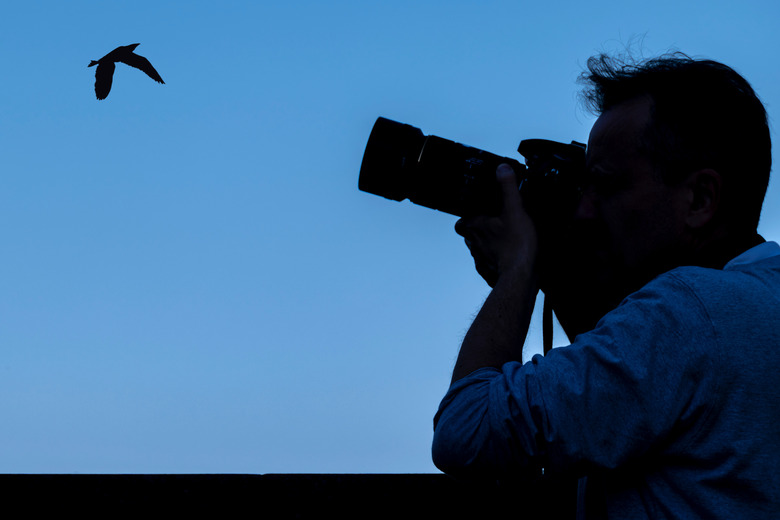Researchers Found A Rare Dusky Tetraka Bird That Hasn't Been Seen In 24 Years
A small bird that hadn't been seen in 24 years has finally popped up again. The dusky tetraka, which was last seen in Madagascar in 1999, has finally made a reappearance. The small ground-dwelling bird was included in the top 10 "most wanted" list by conservationists working with the Search for Lost Birds, launched in 2021.
The rare bird was believed to have vanished completely due to its lack of sightings. However, expeditions into Madagascar's forests have confirmed that at least three individuals from the species are alive and thriving in the forest. These dusky tetrakas were spotted by members of expeditions led by The Peregrine Fund.
The vanishing of the dusky tetraka is yet another sign of how humanity's expansion is costing our planet important forests. Forests often act as complete ecosystems for creatures like this small bird. This isn't the first time that humanity's expansion has led to the vanishing of an animal, either. Ongoing efforts to revive the Tasmanian tiger are hoping to make up for overhunting and deforestation.
Because dusky tetrakas prefer to live near streams, they have likely been so rare to spot due to the sound of the streams drowning out their calls and chirps. It's also likely that humanity's expansion has continued to drive them away from their natural habitats, as some regions where the expeditions searched for the birds had been turned into vanilla farms.
Unfortunately, the tale of the dusky tetraka is not uncommon; if humanity's drive to expand and destroy natural habitats isn't curbed in some way, we could see a complete vanishing of important animals like this species of bird. While some bioscience companies want to revive extinct animals, we can't rely on that technology to bring them all back.
Instead, learning to live in harmony with these animals should be important to everyone that calls Earth home, especially if we do not want to see that list of extinct animals growing longer. Unfortunately, these birds are so rare that photos of them aren't readily available. But you can see it on the American Bird Conservancy's website.
